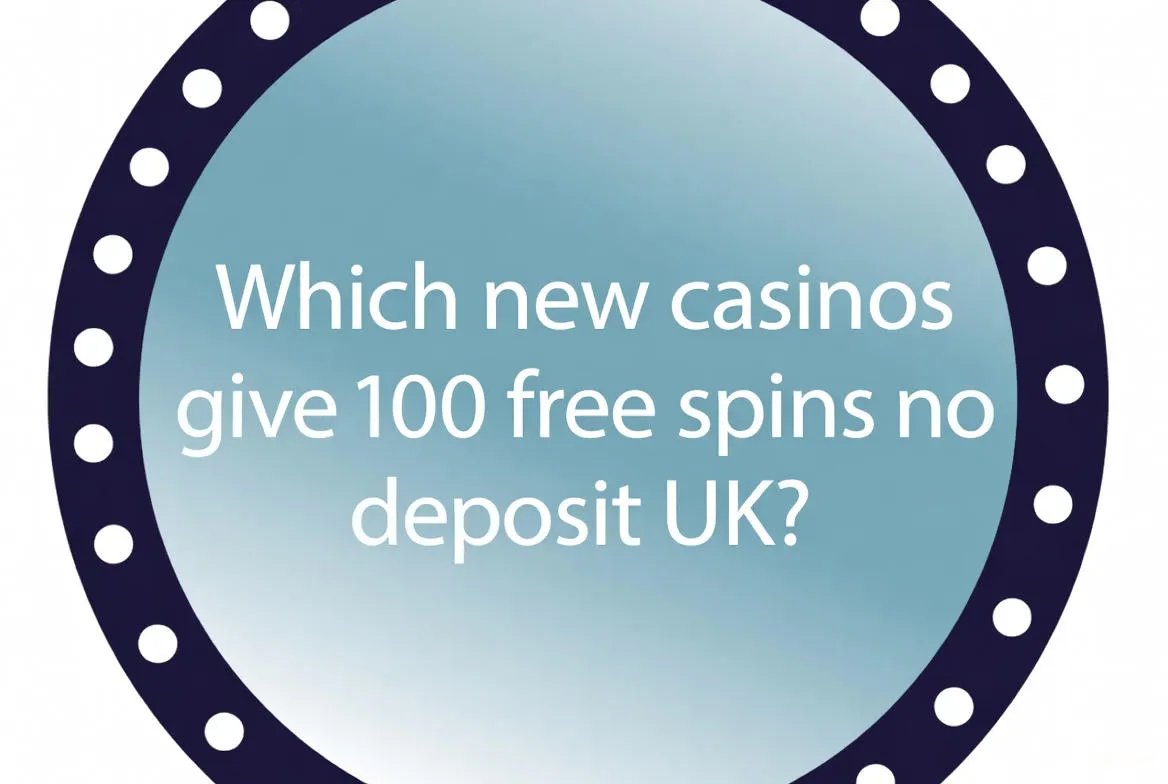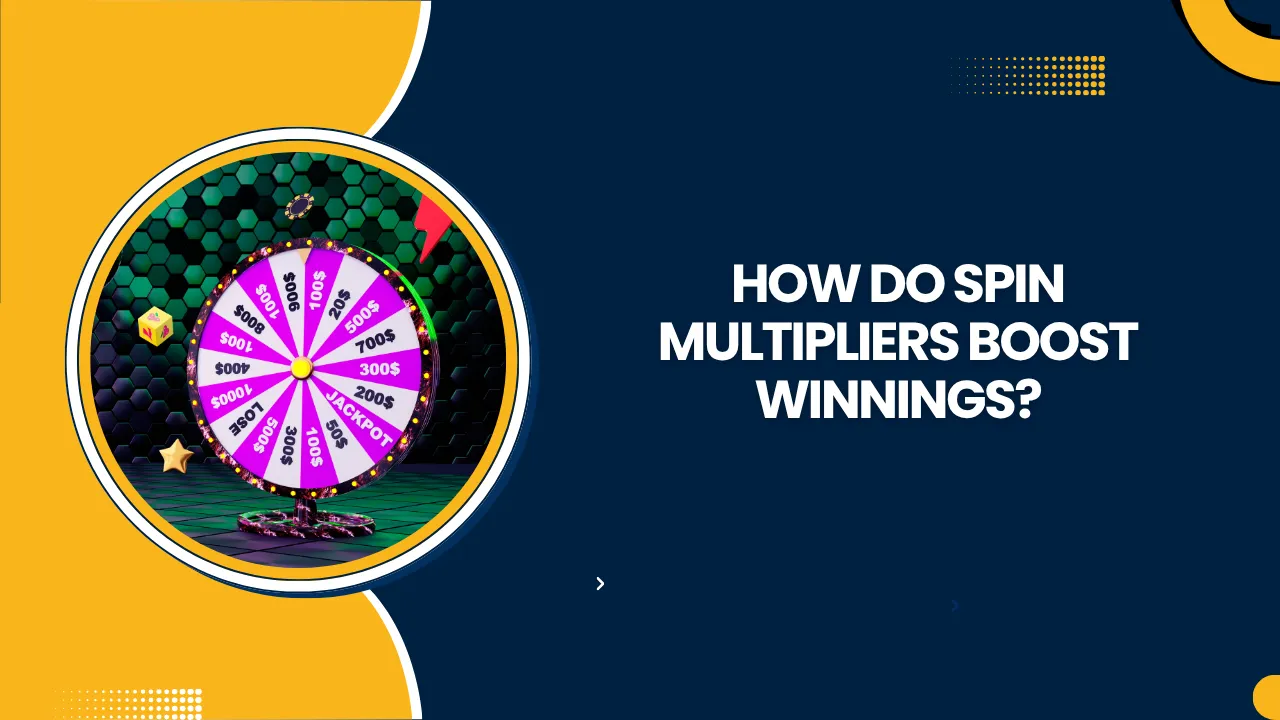I still remember the first time I encountered a leveling system within a casino app. It was late one evening, and I was experimenting with a newly launched slots title. I noticed an experience bar creeping toward the next level and a notification promising “Level-Up Rewards.” Intrigued, I spent nearly an hour chasing that next milestone—far longer than I would have on a traditional, level-free slot. That night, I realized that leveling systems are more than just a flashy add-on; they’re reshaping how we interact with digital casinos.
The Rise of Gamification in Casino Gaming
Over the past decade, mobile gaming has borrowed heavily from console and PC games, introducing achievements, daily quests, and progression mechanics. Casino developers weren’t far behind. By integrating RPG-like features such as experience points (XP) and levels, they’ve given players new goals beyond mere wins and losses. These systems mirror modern video games where progression is the primary motivator, blending the thrill of gambling with the satisfaction of achievement.
When players feel that each spin contributes to a broader journey, sessions naturally extend. This trend aligns with what we see in other gaming niches. Some players exploring broader gambling horizons even seek out casinos not on GamStop for unrestricted access and simplified onboarding. Such platforms often incorporate leveling mechanics too, further validating their appeal.
Why Players Love Leveling Systems
Leveling taps into several psychological triggers. First, it offers a clear path to progression. Every bet, every spin earns XP, and watching a progress bar fill provides tangible feedback. Second, leveling often unlocks in-app perks—free spins, bonus credits, or exclusive tournaments—creating a rewarding loop. I once interviewed a casual player who admitted he’d log in daily solely for the “daily XP bonus,” even if he only played a couple of spins.
Beyond rewards, leveling promotes mastery and status. Reaching a high level signals experience to the community, much like a veteran badge in online gaming forums. This sense of hierarchy and achievement encourages players to invest more time—and money—to climb leaderboards. In my experience consulting for a mid-sized casino app, we saw retention rates jump 25% when we introduced a tiered XP and badge system.
How Leveling Systems Work
Experience Points and Milestones
At the core of every leveling system is the XP mechanic. Players earn experience through gameplay: placing bets, triggering bonus rounds, or completing challenges. The amount of XP awarded can scale with bet size or difficulty of tasks. Typically, casinos set milestone thresholds: Level 1 might require 100 XP, while Level 10 demands 5,000 XP. Each milestone often comes with immediate, tangible rewards that keep players engaged.
Tiered Rewards and VIP Tiers
Many casino apps layer VIP or VIP-like tiers atop basic levels. After leveling up a certain number of times, players enter “Silver,” “Gold,” or even “Platinum” VIP clubs. These tiers offer customized promotions: enhanced deposit bonuses, personal account managers, or tailored cashback deals. When I experienced a VIP upgrade in one app, I was assigned a personal host who sent me surprise free spins on my birthday—an unexpected gesture that solidified my loyalty.
Benefits for Operators
From an operator’s perspective, leveling systems deliver measurable advantages. They increase session length, frequency of play, and ultimately, average revenue per user (ARPU). By providing structured progression, apps can nudge players toward specific behaviors—like trying new game genres or returning on off-peak days to complete daily XP quests.
Moreover, addressing regulatory complexity becomes easier. In markets where self-exclusion and responsible gaming are mandated, operators can integrate level-based cooling-off periods. Rather than simply blocking accounts, they can implement soft limits: after a certain level, players may be prompted to set deposit caps or take mandatory breaks, enhancing compliance with minimal disruption to the user experience.
Designing Effective Leveling Mechanics
Balancing Challenge and Reward
A leveling system that’s too generous risks devaluing achievements; one that’s too stingy can frustrate players. Successful designers calibrate XP curves carefully, often using A/B testing. In one project, adjusting Level 5’s XP from 2,000 to 1,500 resulted in a 15% increase in level-ups per week, without significantly impacting the bonus budget.
Incorporating Social Proof
Competitive elements—like leaderboards or friend challenges—amplify the appeal of leveling. When players see friends advancing faster, they’re motivated to close the gap. In a recent focus group, participants mentioned that friendly rivalry encouraged them to stake higher bets to gain an XP edge. By weaving social features into leveling, casino apps foster community and word-of-mouth promotion.
Potential Drawbacks and Responsible Gaming
While leveling systems drive engagement, they can also risk encouraging excessive play. It’s crucial for developers to embed responsible gaming safeguards. Mandatory pop-ups after a set playtime, spend notifications tied to XP thresholds, and easy access to self-exclusion tools help maintain a healthy balance. As an industry consultant, I’ve recommended that apps align level milestones with prompts about breaks, ensuring excitement doesn’t override player well-being.
Future Trends in Casino App Progression
Looking ahead, I expect leveling to evolve alongside emerging technologies. Imagine dynamic levels that adjust difficulty based on real-time player data, or AR-powered progression that overlays rewards onto live casino streams. Blockchain and NFTs could introduce transferable badges or unique digital collectibles tied to levels. These innovations will deepen personalization, keeping the leveling concept fresh and relevant.
Real-World Example: A Case Study
Last year, I collaborated with a casino app targeting Latin American markets. We implemented a multi-path leveling system: one track rewarded slot play, another rewarded table games, and a third rewarded social engagement (like inviting friends). The result was remarkable: overall engagement rose by 40%, and revenue from non-slot games increased by 18%, demonstrating how targeted progression can guide player behavior.
Conclusion
Leveling systems have become a cornerstone of modern casino apps because they merge proven gamification tactics with the intrinsic excitement of gambling. By offering clear progression, social interaction, and tailored rewards, they transform each session into an ongoing adventure. For operators, they boost retention and ARPU; for players, they add purpose and pleasure to every spin. As apps continue to innovate, I’m confident leveling mechanics will remain a key driver of engagement—ensuring that when players open their casino app, they’re not just spinning reels, but climbing a rewarding journey.




